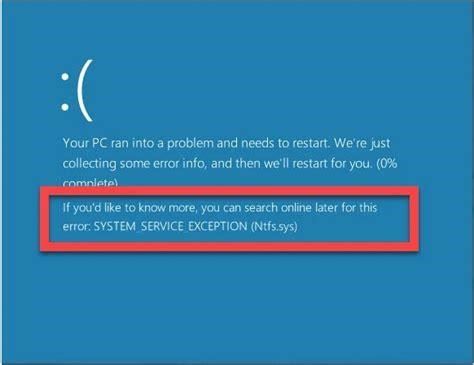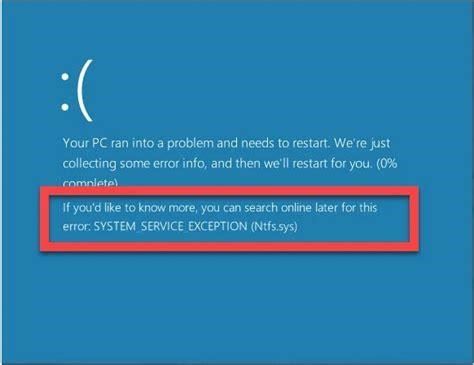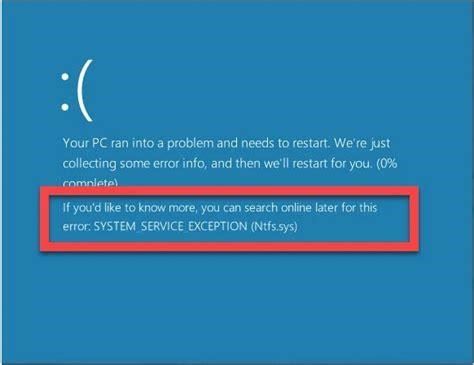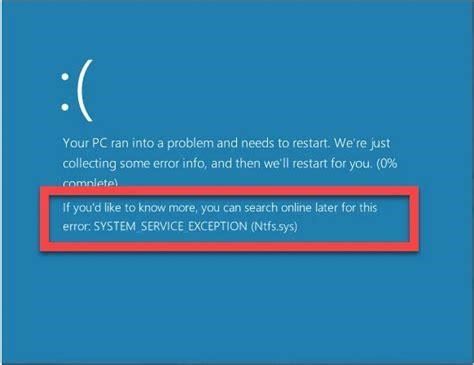Navigating Windows File Explorer Crashes with Ease
Over the years, Windows File Explorer has become an indispensable tool for managing files and folders. However, like any software, it can occasionally run into issues that lead to crashes. These crashes disrupt workflow and can be incredibly frustrating. Luckily, there are several proven techniques users can employ to resolve File Explorer crashes and restore smooth system operation.
In this guide, we’ll share key insights from Microsoft experts and community members on tackling the file explorer crash bug. By methodically applying their recommendations, you’ll be back to effortlessly browsing directories and transferring files in no time. So let’s get started!
Keep Windows and Drivers Up to Date
The first troubleshooting step is ensuring you’re running the latest Windows updates. Microsoft continuously rolls out patches that squash bugs, including those triggering explorer crashes. Checking for and installing available updates is a quick win.
How do I fix a File Explorer crash in Cortana?
Sometimes, it can cause conflicts and issues which may lead the Explorer to crash unexpectedly. To fix it, you can turn on the option that assigns a unique process to each folder you open in the Explorer. Search for File Explorer Options in Cortana search and launch it. Click on the View tab when it opens.
How do I fix a File Explorer error in Windows 10?
Try clearing the File Explorer history and check if that fixes the problem. 1. Type file explorer options in the Windows search bar and click File Explorer Options in the results. 2. In the General tab, click the Clear button to the right of the option that reads Clear File Explorer History. You’ll find that in the Privacy section.
Additionally, verify graphics and other hardware drivers are updated. Outdated drivers are renowned for causing system instability. Head to your manufacturer’s site periodically to download the newest driver versions.
Reset File Explorer Settings
Sometimes File Explorer crashes stem from corrupted settings or cache files. Resetting to defaults is great for eliminating troublesome customizations.
Let’s discuss the specific steps:
-
Type "File Explorer Options" into the Windows search bar and select the resulting entry.
-
Navigate to the "General" tab.
-
In the "Privacy" section, click the "Clear" button to wipe temporary files and history.
-
Under "Open File Explorer to", choose "This PC" if another option is selected.
-
Click "Apply" then "OK" to save the changes.
Resetting often resolves instability arising from problematic configurations.
Enable Folder Separate Process
Another useful tweak is launching folder windows in an isolated process. This insulates core file explorer functionality from any errant folders.
Why does Flie explorer crash?
Using Windows Explorer for a long period of time will accumulate a lot of files, and such files may cause the executable module (explorer.exe) to crash. According to some Windows users, they fixed this issue after clearing Flie Explorer. Before trying anything more complicated, follow the steps below to clear File Explorer history:
Why does File Explorer keep crashing in Windows 10?
The file explorer keeps crashing in windows 10. Can you please advise what could be the reason? I will not quit for those who work with me. 1. Press Windows Key + R and type SYSDM.CPL in Run. Click OK or press Enter key. 2. In System Properties window, switch to Advanced tab, click Settings under Performance. 3.
How do I fix a File Explorer crash in Windows 10?
When using Windows File Explorer for a long time, it will gather a large number of files, which may cause the executable module (explorer.exe) to crash. Clearing the File Explorer cache can fix the issue. Press Windows + R simultaneously to open the Run box. Enter Control.exe folders to launch the “File Explorer Options” window.
Here’s how to activate:
-
Repeat the steps above to open File Explorer Options.
-
Select the "View" tab this time.
-
Check the box for "Launch folder windows in a separate process".
-
Click "Ok" to apply the change.
With this enabled, a single misbehaving folder can’t bring down the entire explorer.
Run CHKDSK and SFC Scans
Corrupted system files are a notorious source of crashes across Windows apps. Running CHKDSK and the System File Checker utility can pinpoint and replace any damaged files.
For CHKDSK:
-
Open an elevated Command Prompt by searching "cmd", right-clicking the result, and selecting "Run as administrator".
-
Type "chkdsk /f" and hit enter to start the scan.
-
Restart your PC when prompted so the scan can run before Windows loads.
-
Repeat steps 1 and 2, leaving out "/f" this time. This displays results.
For SFC:
-
Open an admin Command Prompt as shown above.
-
Type "sfc /scannow" and hit enter to initiate scanning.
How to fix crashing Windows 10?
For this purpose, you can switch to the “turn off” option available for the working antivirus programs on your system. It can be done for fixing the issue of crashing windows. In your Windows Explorer, you get a feature of a Quick access menu that can help you access some files or folders from your system quickly.
Why is my Windows 10 Explorer not working?
There are no particular causes which seem to lead to this issue but there are various possible reasons such as a recent software or hardware upgrade might have a conflict with File Explorer, Windows 10 settings might get corrupted, system files might be damaged, malfunctioning of Shell Extensions etc.
Why is my File Explorer not working?
That means that each new File Explorer window that opens is placed together into a single system process. This can cause some stability issues, especially for slower PCs. To help overcome this issue, you can change this setting to split each new File Explorer window into a separate process.
How do I fix Windows Explorer lag in Windows 10?
Alternatively, use the Task Manager: click on File on the menu bar and select Run new task. Type explorer.exe in the dialog box and click OK. That will start Windows Explorer immediately. Now proceed to check if you can access your files and folders in File Explorer without any lag.
-
Wait for the process to finish, which could take a while. SFC will automatically repair any issues discovered.
CHKDSK and SFC should flag and resolve any corrupt system files causing instability.
Adjust Compatibility Settings
For particularly stubborn crashes, modifying compatibility settings for File Explorer may do the trick. This can prevent conflicts with buggy apps or drivers.
Here’s how:
-
Browse to C:\Windows\Explorer.exe using File Explorer.
-
Right-click explorer.exe and select Properties.
-
Switch to the Compatibility tab.
-
Check "Run this program in compatibility mode for" and try different Windows versions.
-
You can also enable settings like "Run as administrator" or "Disable fullscreen optimizations".
-
Test each combination until the crashes cease. Don’t forget to apply changes!
While cumbersome, compatibility settings can resolve unstable inter-process communication triggering crashes.
Remove Conflicting Apps
Sometimes the culprit is an installed application colliding with File Explorer. Use event viewer after a crash to identify the clashing process.
How to fix Windows 10 File Explorer not working error?
Input explorer.exe in the box and then press Enter. File explorer will restart very quickly this way. Then you can check if Windows 10 file explorer not working issue has been resolved. Solution 2.
Why does Windows 10 Freeze & crash?
Incorrect, conflicting, or broken file associations in Windows 10 are another reason that results in File Explorer-related freezes and crashes. Try resetting them. 1. Open the Start menu and select Settings. 2. Go to Apps > Default Apps. 3. Select Reset.
Here are the steps:
-
Type "event viewer" into the Windows search bar and open the app.
-
Expand Windows Logs > Application.
-
Look for error events related to the crash and note the problematic application.
-
Uninstall the app completely, including any registry entries using a cleaning utility.
-
Monitor system stability to confirm removal fixed the crashes.
By eliminating the source of the conflict, you can get explorer working properly again.
Refresh Explorer Process
If all else fails, restarting the explorer.exe process often provides temporary relief from constant crashing. Note this doesn’t fix underlying issues, but can get you up and running.
Here is the quick process:
-
Press CTRL + ALT + DEL and select Task Manager.
-
Choose the "Processes" tab.
-
Locate explorer.exe, right click, and select "Restart".
-
The process will reload, closing all open File Explorer windows.
The nuclear option is refreshing your PC, providing a clean slate if tracing crashes proves too difficult.
Take Control of File Explorer with these Techniques
While extremely disruptive, Windows File Explorer crashes need not impede productivity indefinitely. By methodically applying proven troubleshooting techniques, you can hunt down the problematic component and restore seamless system operation.
We encourage you to share any other tips that have worked in permanently resolving your explorer woes. And don’t hesitate to reach out if crashes persist after exhausting solution avenues. Our community is always happy to lend a hand getting your Windows back on track!




